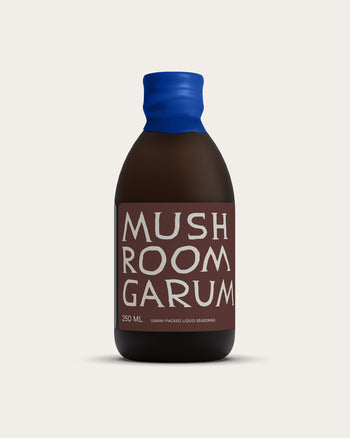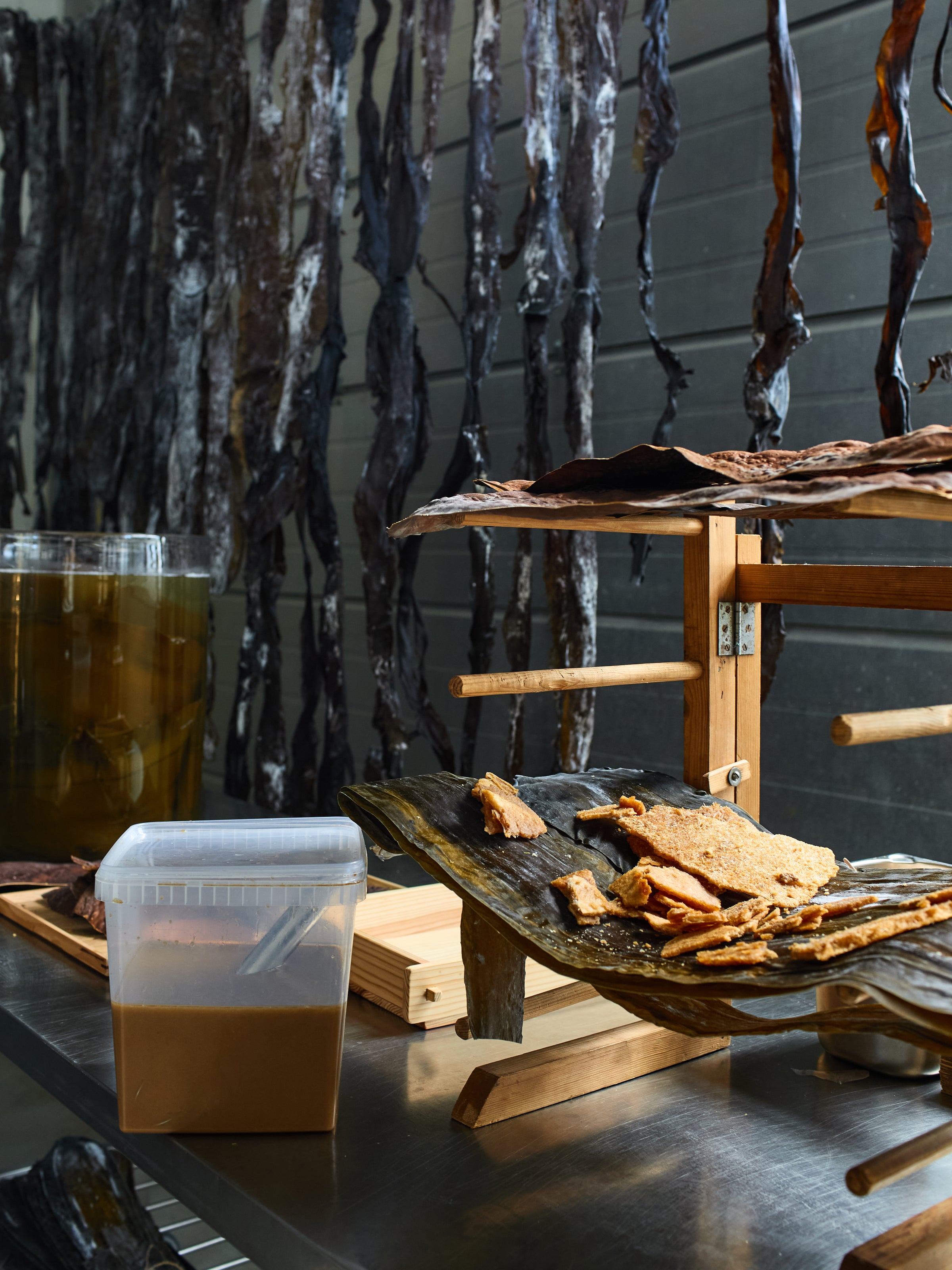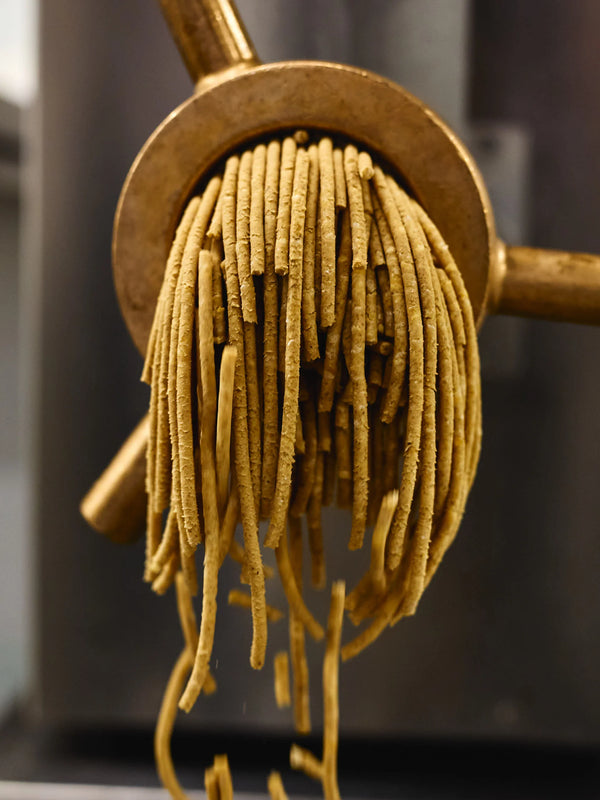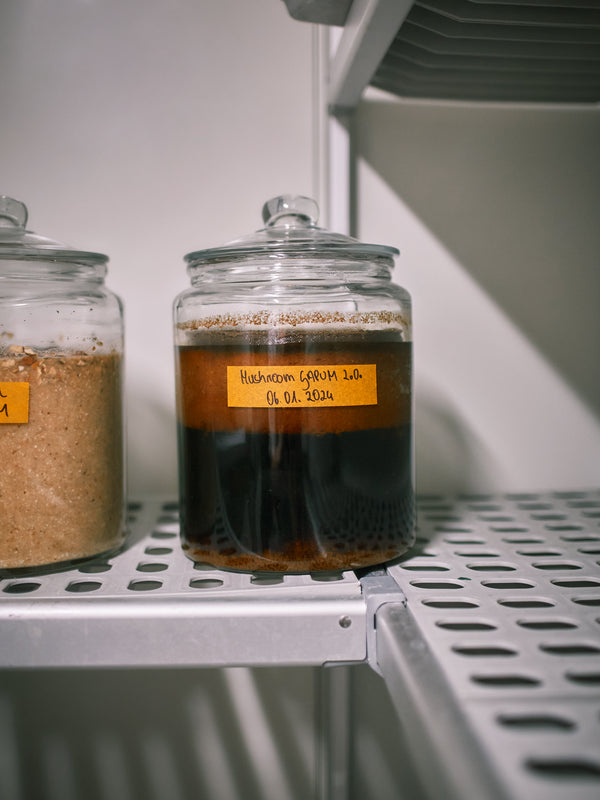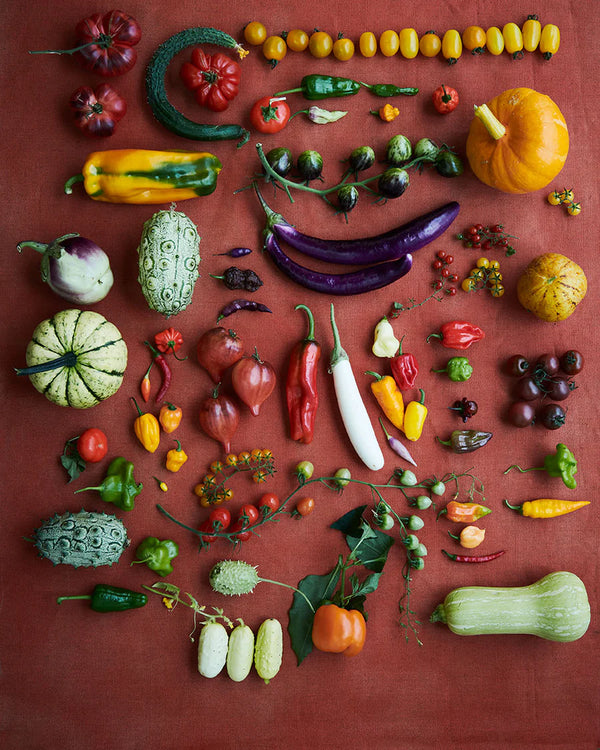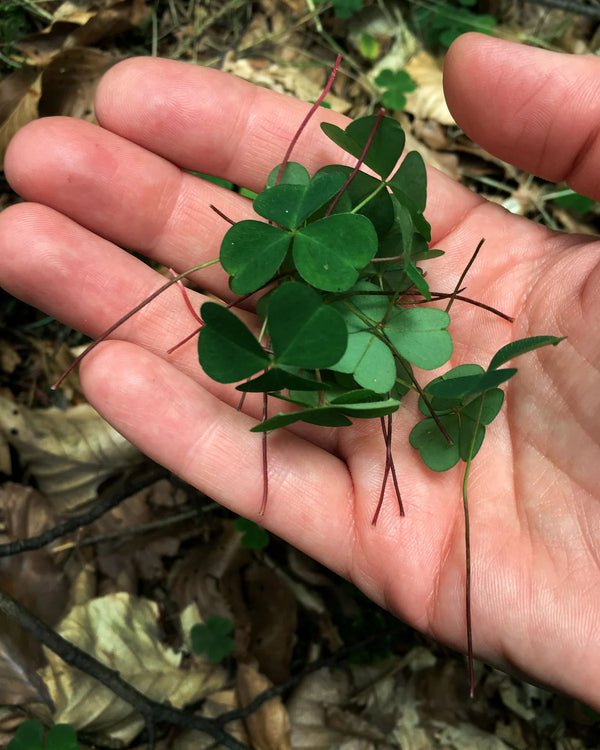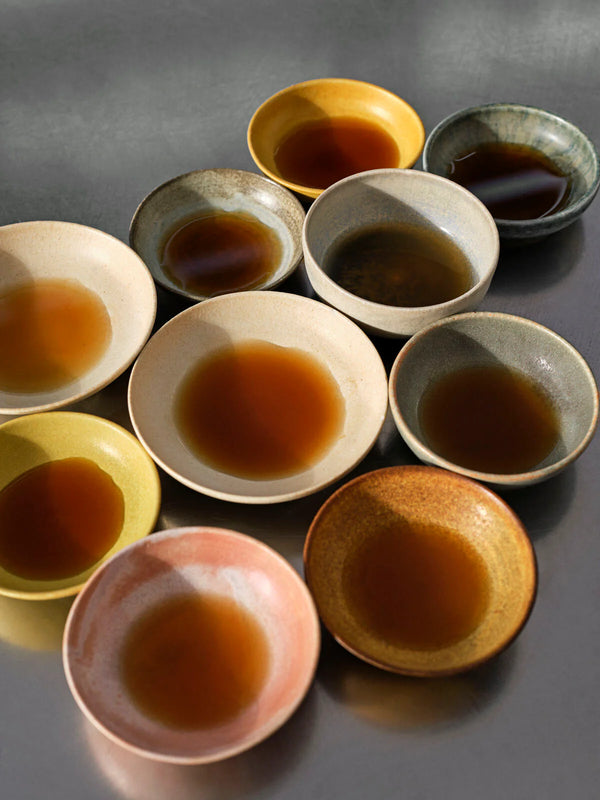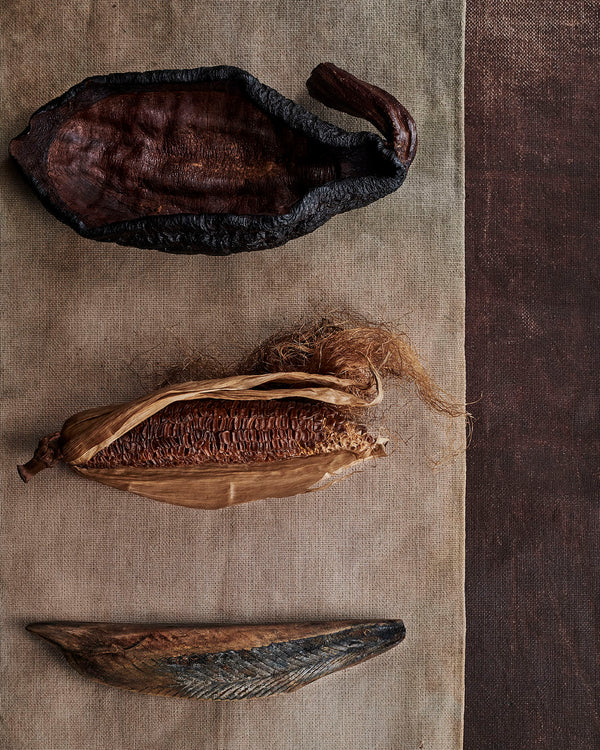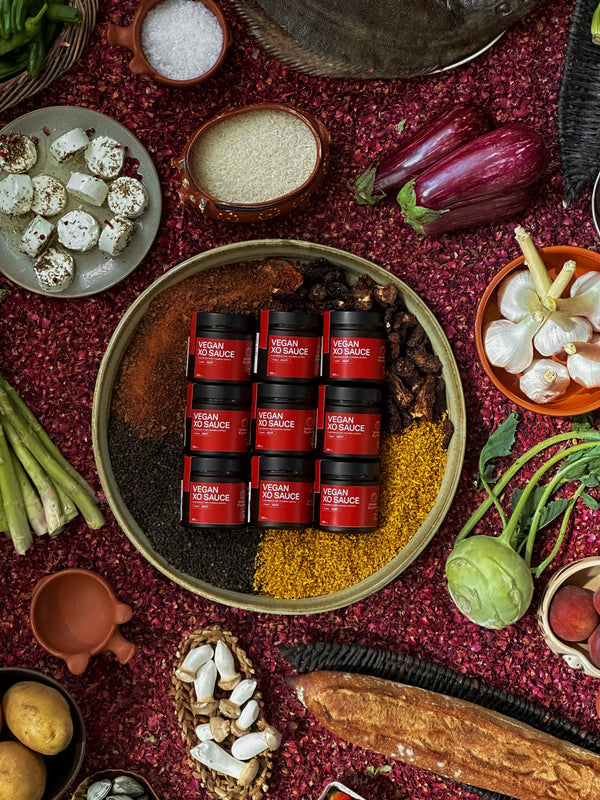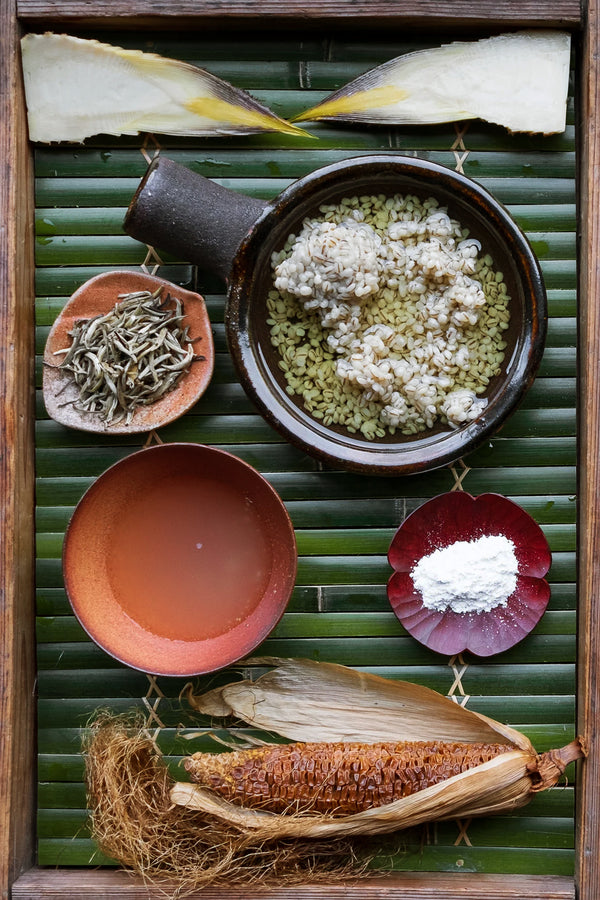As a taste, umami is part chemistry and part sensation. Part of it is material you can measure, and part of it happens inside your brain. The link between the two is the umami taste receptor, which grabs glutamate molecules and trips the signal to the brain that it is experiencing the corresponding amount of the feeling of umami. Taste and smell receptors usually have a saturation point: they’re like a bunch of catcher’s mitts sticking out of the surface of your tongue and nose, waiting to catch the correctly-shaped “balls”. If you start throwing more than they can catch at them, they’re going to send the same “high” signal regardless of how much more than maximum capacity they’re at.
So you could reasonably approach this question like a neurobiologist, and ask what the maximum amount of glutamate the umami receptor can handle is. Scientists have done some good research on the dose-response curve of the umami receptor, but since we’ve only known about it for around 25 years, they’ve been mostly spending their time on more useful versions of this question, and not the “poke-it-with-a-stick” approach of trying to deliberately overwhelm the receptor. For isolated cells growing in a petri dish, the number looks to be around 160 mg per 100g, but since we have them over our whole tongue, the answer for most people is almost certainly quite a few times higher than that.


We (and I presume, you also) care about umami not because we’re particularly excited about the glutamate molecule or the umami receptor as isolated phenomena—we want to know because we like delicious food, and want to understand how it works. In that context, useful questions look less like “what’s the highest limit of solubility for glutamate?” or “How much can the receptor take?” and more like “What kind of foods have a lot of umami from glutamate?” and “where does that glutamate come from?” and “can we make more of it” and “what molecules or flavors can enhance umami indirectly?”
Approaching the question like a flavor chemist, I’d want to know how much glutamate tends to be present in food, and what foods or ingredients have the most. This is a question that there is a lot of data to answer, if you know where to look. (two good places that have pulled lots of literature together into single sources: The Umami Information Center website, or Ole Mouritsen’s book Umami). The short answer is: kelp (konbu, specifically), nori, aged cheeses, fermented fish, fermented soy, and dried mushrooms tend to have the highest levels of glutamate, potentially above 1000 mg/100g and up to 3000+ for the most umami-rich kombu.
Since cooking doesn’t just mean assembling ingredients, the biochemist in me wants to know if there’s anything we can do to increase the amount of free glutamate in an ingredient that feels lacking in umami. Looking at the list we just saw, there’s a lot of protein-rich ingredients (milk, fish, soy) that have been fermented or aged. The process in common? Breaking down those proteins over time, enzymatically. Proteins are made from a grab bag of 20 amino acids, including glutamate, but many proteins have a disproportionately high amount of glutamate woven in, about 20% of their weight. If you unleash protease enzymes—one of the best sources of which is the mold Aspergillus oryzae and the koji you can make from it—onto these proteins, they’ll eventually chew them up entirely and free all that glutamate to be tasted as umami. The theoretical upper limit for typical protein-rich ingredients is about 2600-3300 mg free glutamate per 100 grams (which, if you’ve been paying attention, is pretty close to those upper-level umami ingredients—meaning fermentation, given enough time, is one of the most effective ways to umamify protein ingredients.
Thinking about maximum umami like a sensory scientist, I might take it as a given that the ingredients I’m using have a certain amount of glutamate in them. And maybe even that I’d freed as much glutamate as possible from as many proteins as possible. Is that the end of the story?
Certainly not! Not least because glutamate isn’t the only factor in umami. Our sense of flavor is full of amplifications, enhancements, and synergy through suggestion, that makes eating as interesting an experience as it is.
Some things can augment umami directly. Food molecules called ribonucleotides enhance the umami intensity of glutamate by interfering with the umami taste receptor. They can’t activate it on their own (so they don’t taste particularly umami) but, they keep any molecule of glutamate clamped into the receptor for way longer than normal, which is like keeping your finger on someone’s doorbell. One press, but it keeps ringing and ringing. Same thing with the umami receptor and ribonucleotides—they can make an umami taste signal up to eight times more intense.
The supreme queen of secret umami enhancement is the absolutely ribonucleotide-packed ingredient Katsuobushi, the cooked, smoked, dried, and fungally-fermented loins of bonito that are an essential ingredient in many types of dashi, and hold a second title as the hardest food ingredient in the world. Other strong sources are fresh fish and meat, dried mushrooms (or fresh shiitake or matsutake), asparagus, nori, and tomatoes.

Katsuobushi
Since our sense of flavor is basically about figuring out how to feed ourselves, get the most out of that food, and avoid poisoning ourselves, there’s a lot of mutual signal enhancement going on behind the scenes. With flavor, never underestimate the power of suggestion. Sweet things will literally taste sweeter if they have aromas we associate with sweetness, like fruity or caramel-y ones. Same thing with umami: we associate funky, aged, cheesy, fermented, seaweedy aromas so much with umami, they amp up whatever umami is there in a big way. Unlike ribonucleotides, not so much of this happens at the umami receptor, and more of it in the places in the brain that package all of the separate flavor signals together into one.
Kokumi, a sensation of thick and rich mouthfeel and lingering richness, is neither a taste nor an aroma—we sense it with CaSR receptors, which are usually used for sensing calcium ions. This weird not-a-taste can make glutamate-water solutions taste around 50% more umami-intense in lab settings. Kokumi comes from small molecules called peptides, especially Glutathione, a 3-amino-acid long chain of glutamate, cysteine, and glycine.

Some good places to find kokumi peptides include beef, chicken, foie gras, scallops, tomato juice, brewed alcohol, soy sauce, garlic, onions, and long-aged cheeses like Gouda. Like free glutamate, it’s often, but not exclusively, associated with protein-rich aged and fermented ingredients—places where proteins have had time to break down into smaller pieces.
Just throwing together the most umami-rich or umami-enhancing ingredients and calling it a day may guarantee you’ve made an umami bomb, but it doesn’t guarantee that what you’ve made is as delicious as possible. Finding the umami sweet spot is less like layering every strategy on top of each other, and more like my grandmother’s rule (lifted from Coco Chanel) for dressing with good taste: when you leave the house, look in the mirror—then remove one accessory.
Cooking is a craft and an art because it requires you to pay attention, work with what you taste rather than how something is “supposed” to taste, and adapt to your ingredients using your judgement and intuition. On the other hand, thinking about umami like a chef doesn’t have to mean rejecting data and going with vibes only. It means using numbers and/or science for as long as they’re helpful—but trusting your palate as the final judge. Practically, it’s having that knowledge in your back pocket—as numbers, or even just as general trends—and using it to make decisions as you go.

Ways to get more umami, maximum or otherwise (to use as your palate and judgement see fit).
- Use glutamate-rich ingredients like kombu, fish sauce, fermented soy, cheeses, dried mushrooms, dried tomatoes, or autolysed yeast.
- Rule of thumb: aged proteins, seaweeds, plants
- some mid-range (but still pretty glutamate-heavy) ingredients: walnuts, green tea, dry-cured ham, sake, fresh tomatoes, fresh molluscs like squid or scallop, corn, peas, potato, garlic, cabbage.
- Ferment protein-rich ingredients with protease-rich microbes like Aspergillus oryzae (in koji) and some lactic acid bacteria or blue cheese molds.
- Turn up the signal from naturally-occurring glutamate with ribonucleotide-rich ingredients like katsuobushi, fresh fish or meats, and for the non-meat eaters, mushrooms (especially dried), tomatoes, asparagus, or nori.
- Use kokumi-rich ingredients to create a sensation of richness that amplifies umami: garlic, onions, tomato, soy sauce, brewed alcohol (like beer or wine), foie gras, chicken, or beef.
- Enhance umami with other flavors: saltiness, sweetness, funky/fermented, cheesy, seaweed-y, meaty.
- Glutamate is really soluble in water and pretty poorly soluble in fat: infuse glutamate-rich ingredients in water (or wine, sake, juice, something water-based) for maximum umami transfer
- Glutamate is non-volatile: you can boil down or reduce a glutamate-rich liquid to remove water and concentrate the umami, if you don’t mind that it changes the aroma (that change might be delicious)
—
Dr. Arielle Johnson is the Science Director at Noma Projects. With a PhD in Flavor Chemistry, Arielle was a key member of the research and development team at noma and a part of establishing its original fermentation lab. Before rejoining the team at Noma Projects earlier this year, she has been across many exciting projects including her work at the MIT Media Lab.





